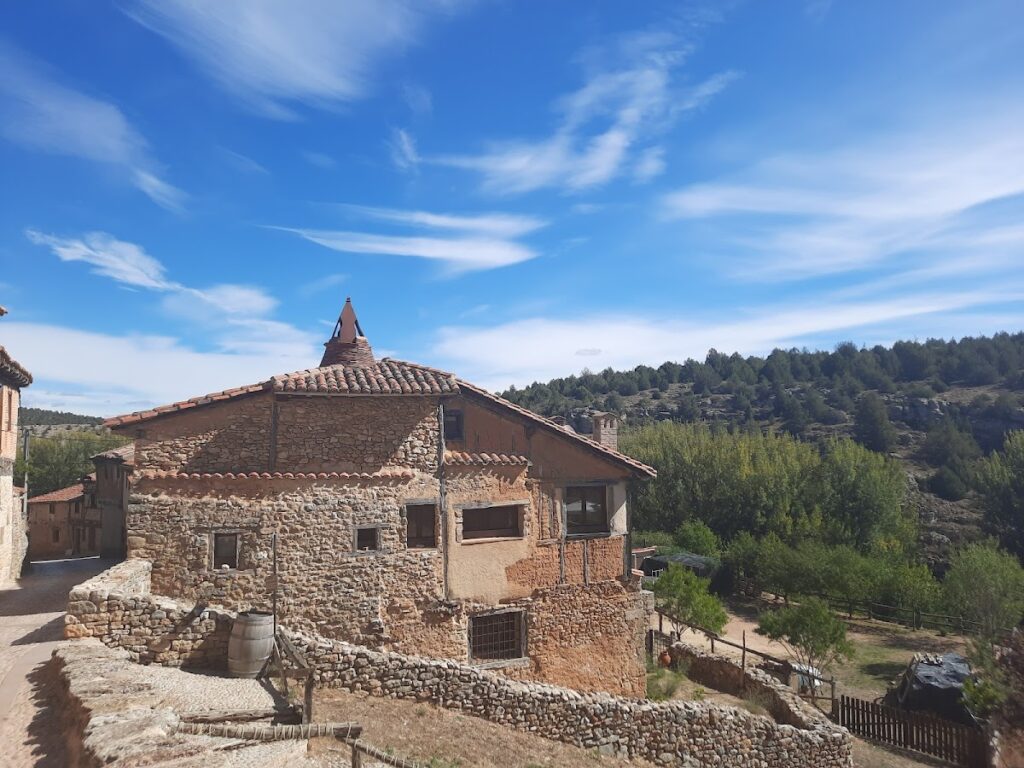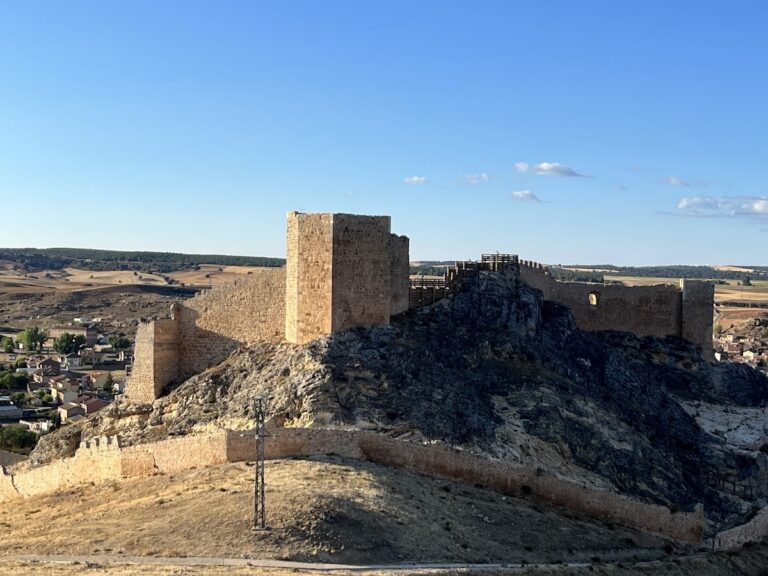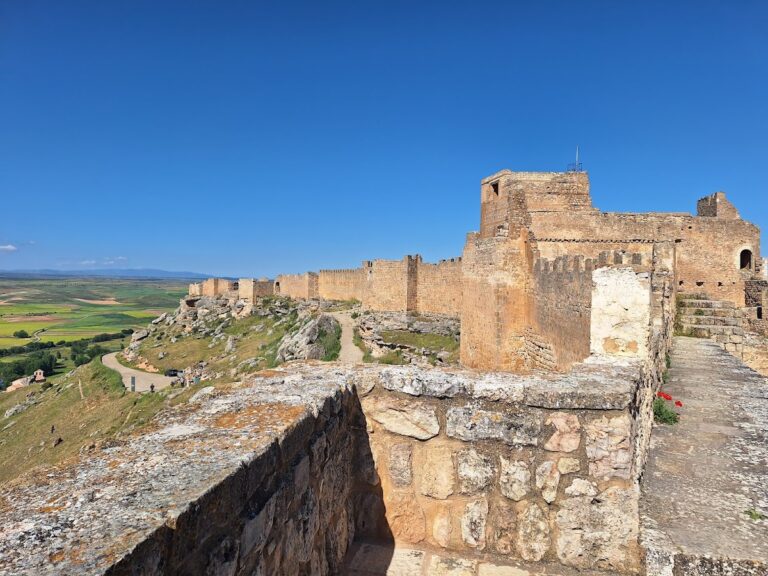Castillo de Calatañazor: A Medieval Fortress in Spain
Visitor Information
Google Rating: 4.5
Popularity: Medium
Google Maps: View on Google Maps
Country: Spain
Civilization: Unclassified
Remains: Military
History
The Castillo de Calatañazor is a medieval fortress situated in the village of Calatañazor, located in modern Spain. Its origins are traced back to the 12th century when it was constructed by the Christian kingdoms that controlled the area during the Reconquista, built upon a site already known for earlier historical activity.
The fortress gained historical prominence due to its proximity to the Battle of Calatañazor in 1002. This conflict involved Christian forces facing Almanzor, a powerful Muslim military leader whose defeat near this location is traditionally linked to his subsequent death and burial in the nearby town of Medinaceli. The castle’s name likely stems from the Arabic phrase “Qalat al-Nasur,” meaning “castle of the vulture” or “eagle’s nest,” reflecting the area’s earlier Islamic presence and its commanding position on the landscape.
Originally erected in the 12th century, the castle underwent significant renovations during the 14th century. It functioned as the administrative center for the local community of Calatañazor and its surrounding lands. In this period, control of the fortress conveyed jurisdictional authority and symbolized governance over the area. King Enrique II of Castile awarded the lordship of Calatañazor to Juan Fernández de Padilla, a royal chamberlain, who established the castle as the ancestral home of the Padilla family. In the following centuries, the lordship passed through prominent lineages, including queen María de Molina, the Padilla family, and eventually the Dukes of Medinaceli, who maintained possession until the 1800s.
Remains
The architectural remains of Castillo de Calatañazor reveal a medieval fortress designed to command its surroundings defensively and administratively. The surviving structures include sections of the castle’s outer walls and a portion of the main tower known as the keep or “torre del homenaje,” which served as the last stronghold within the fortress. The construction features masonry combined with carefully cut ashlar blocks reinforcing the corners, indicating an advanced building technique for the period. Elements of the keep’s masonry display influence from earlier Arabic methods, while a Gothic-style window highlights later medieval modifications.
Adjoining the keep, the former courtyard, once an interior space for assembling troops or conducting official business, has been transformed into an open plaza featuring a portico. This area remains dominated by the ruins of the keep and includes a jurisdictional pillory, a stone column traditionally used to display sentences or punishments, symbolizing the authority wielded by the castle’s lords.
On its northwest side, considered the fortress’s most vulnerable approach, defense was strengthened by a man-made moat, while natural cliffs overlooking the nearby Sangre valley provided additional protection on other sides. Surrounding the village of Calatañazor itself are preserved sections of fortification walls dating to the 12th century. These walls incorporate rounded towers, known as drum towers, and at least one small gate, forming part of the village’s defensive perimeter. Remarkably, some portions of these walls reached up to 18 meters thick.
Beneath the castle lies a rare triple rock-cut tomb from the 10th century, carved directly into the bedrock. This tomb predates the fortress itself and suggests that the site held funerary significance well before the medieval period, offering a glimpse into the region’s earlier occupants and their burial customs. Together, these features illustrate the layered history and strategic importance of Calatañazor throughout the Middle Ages.










